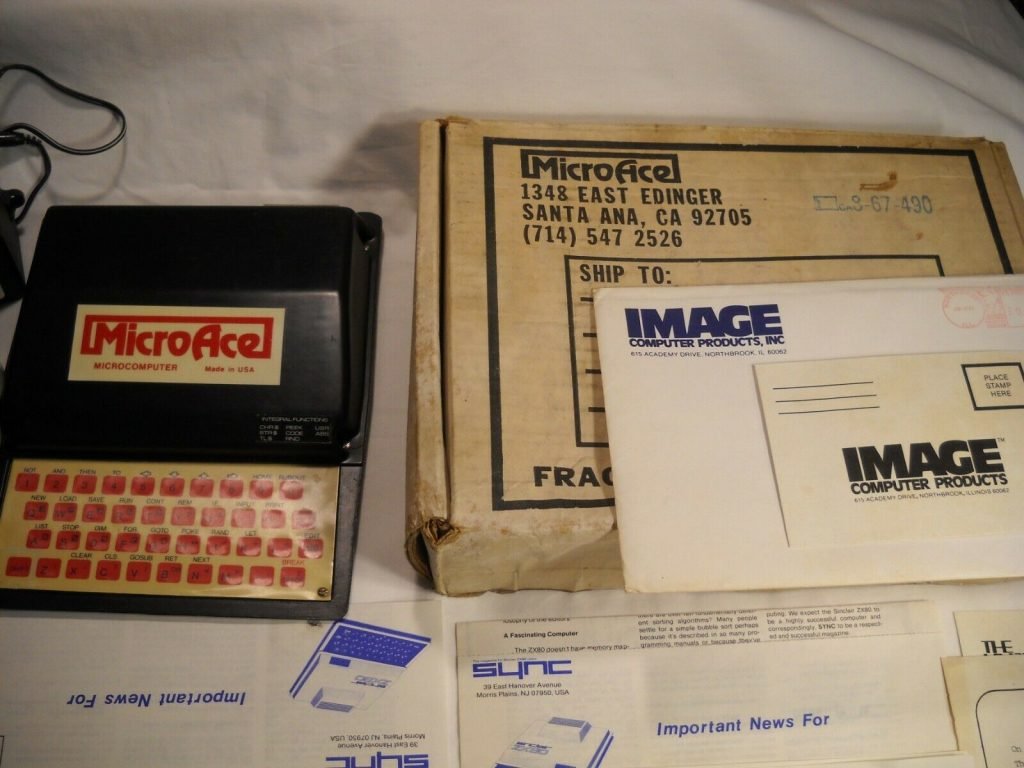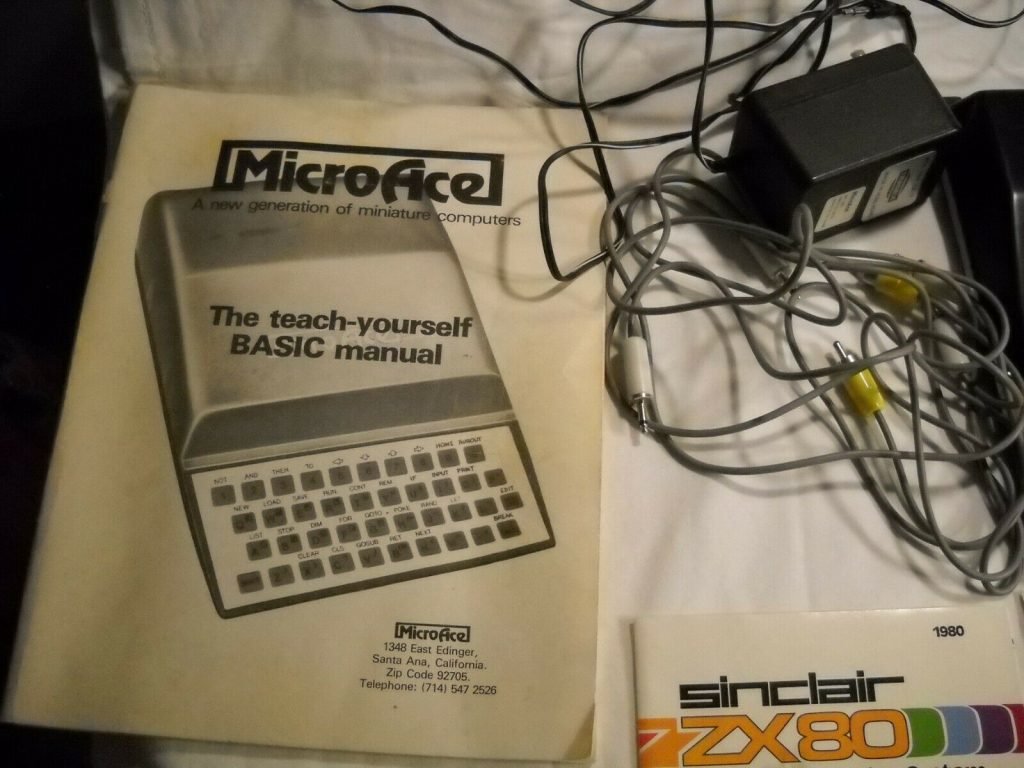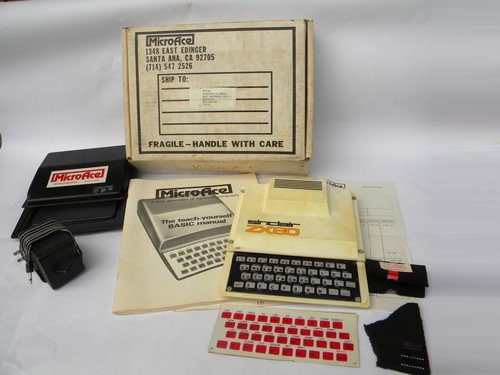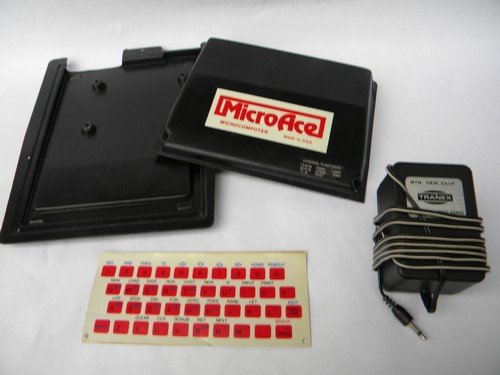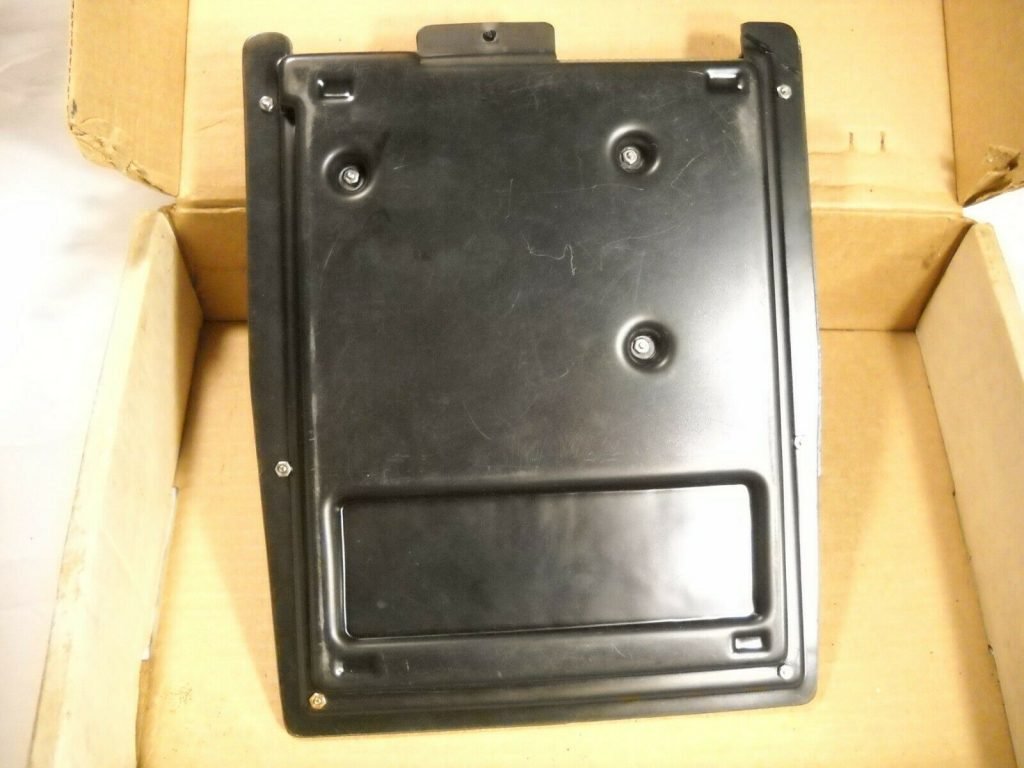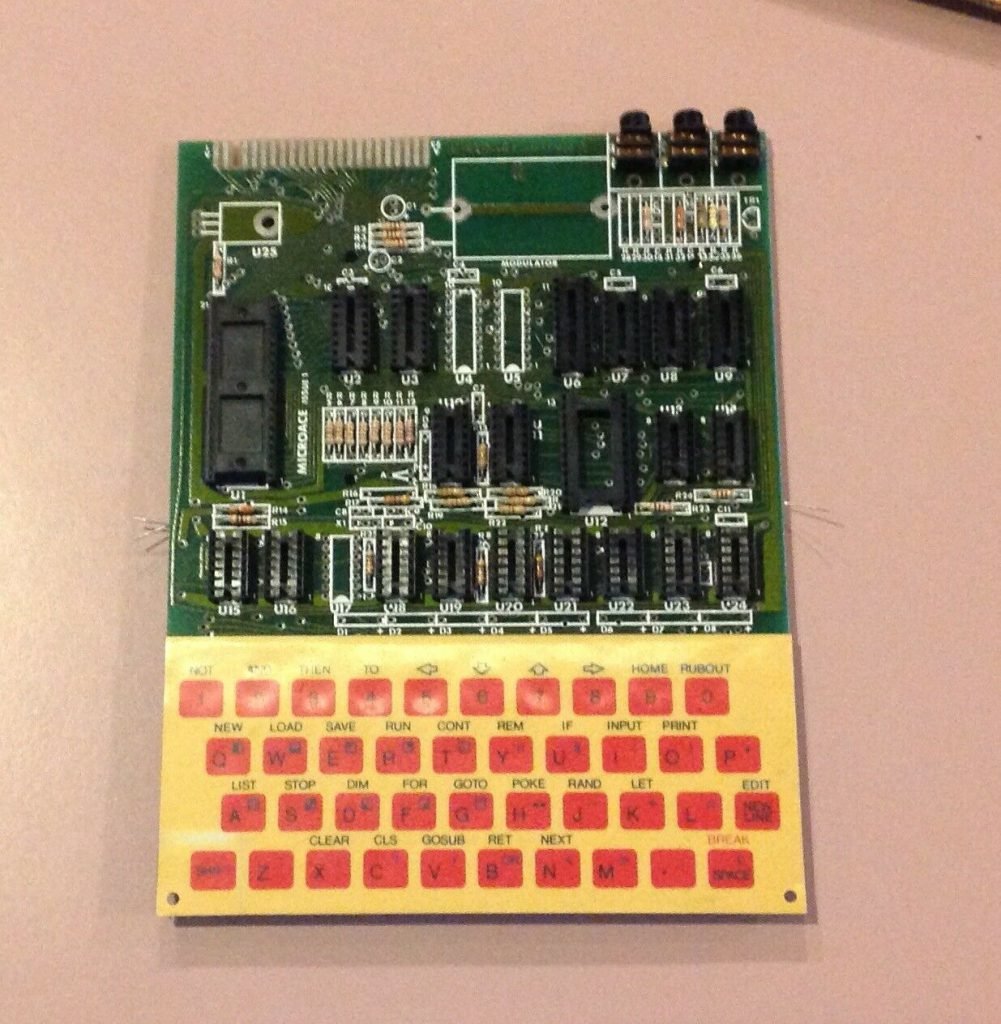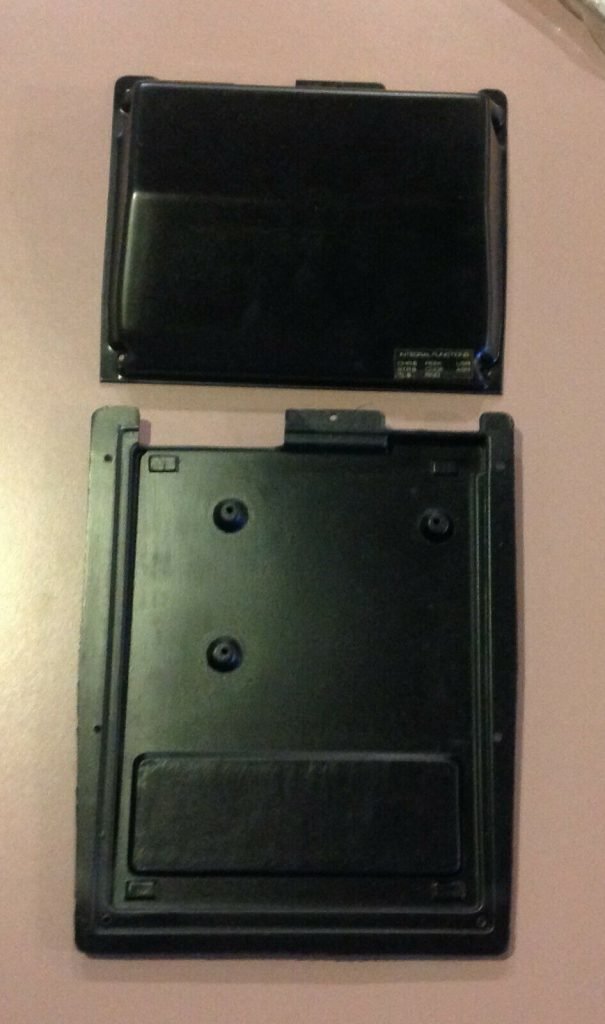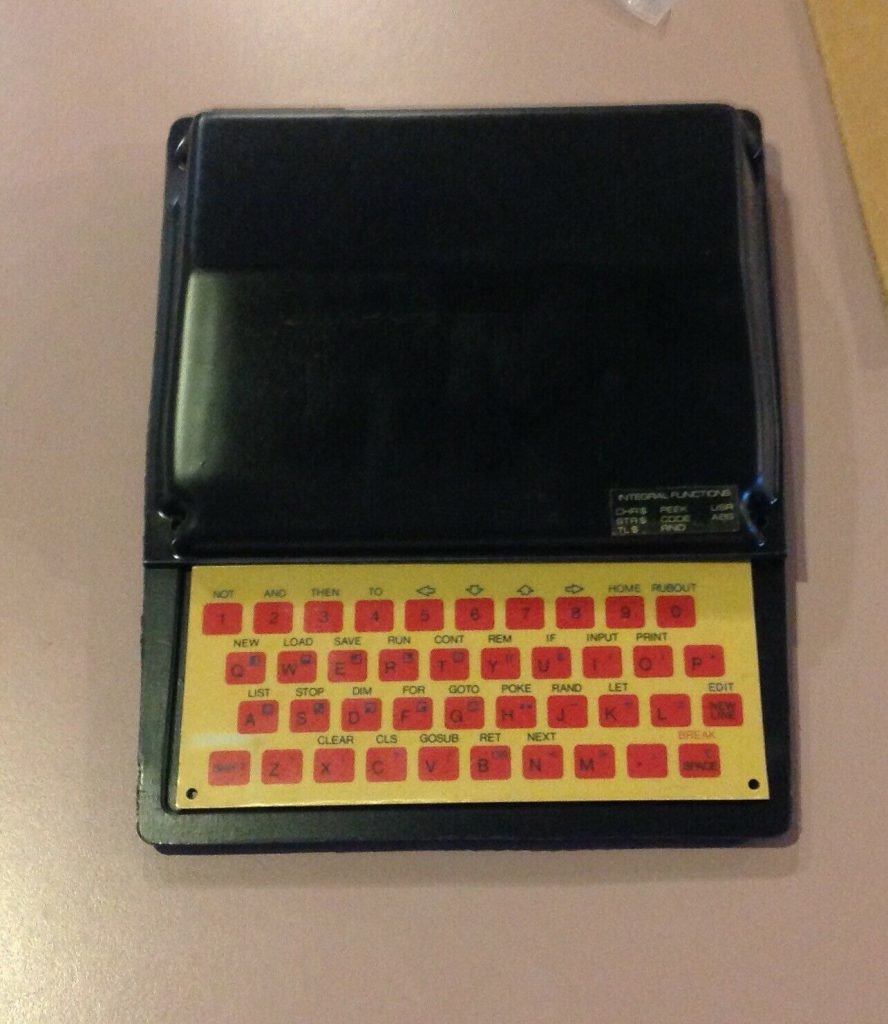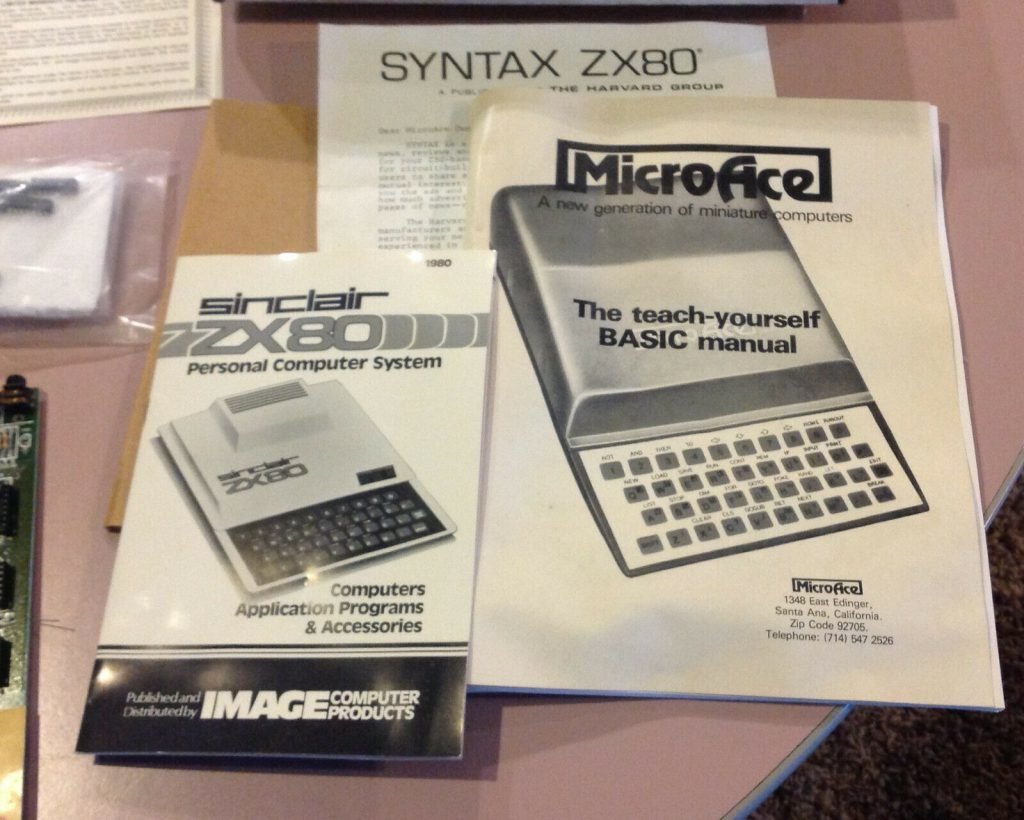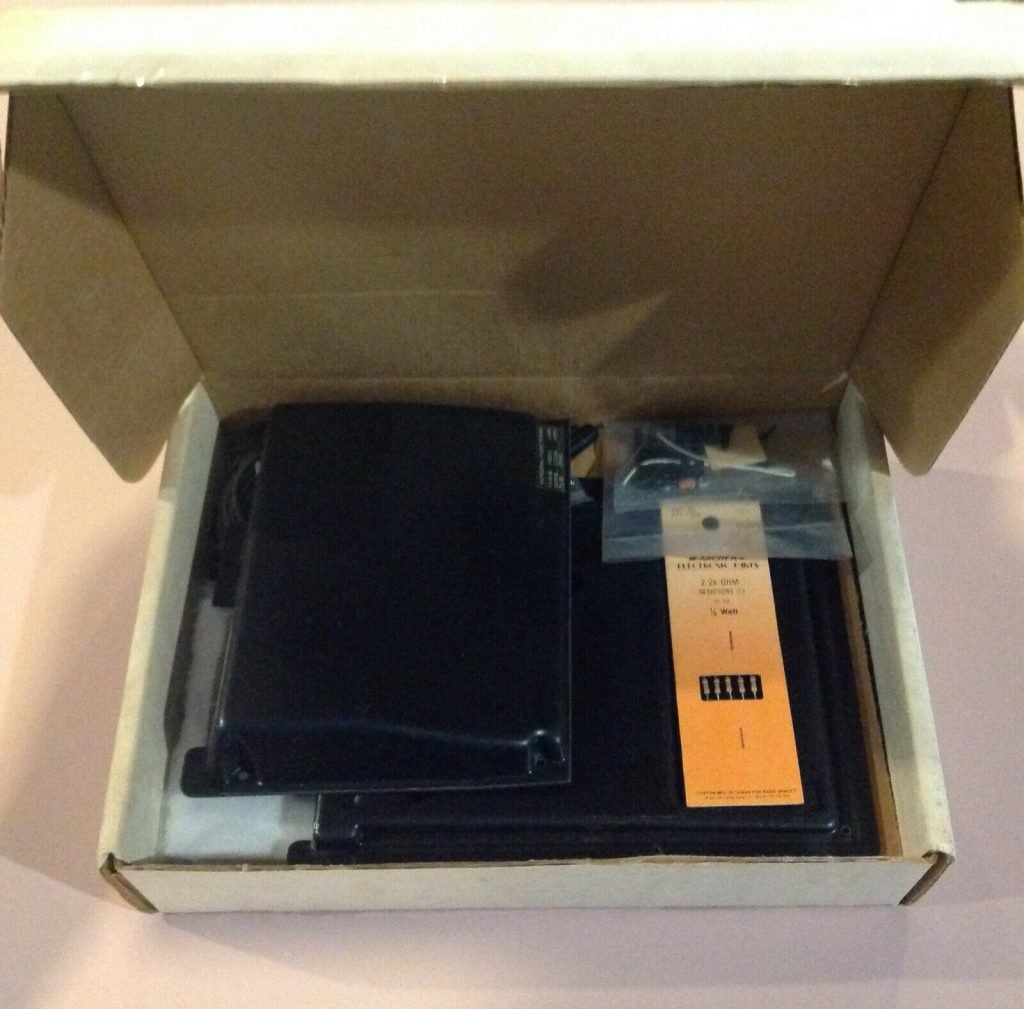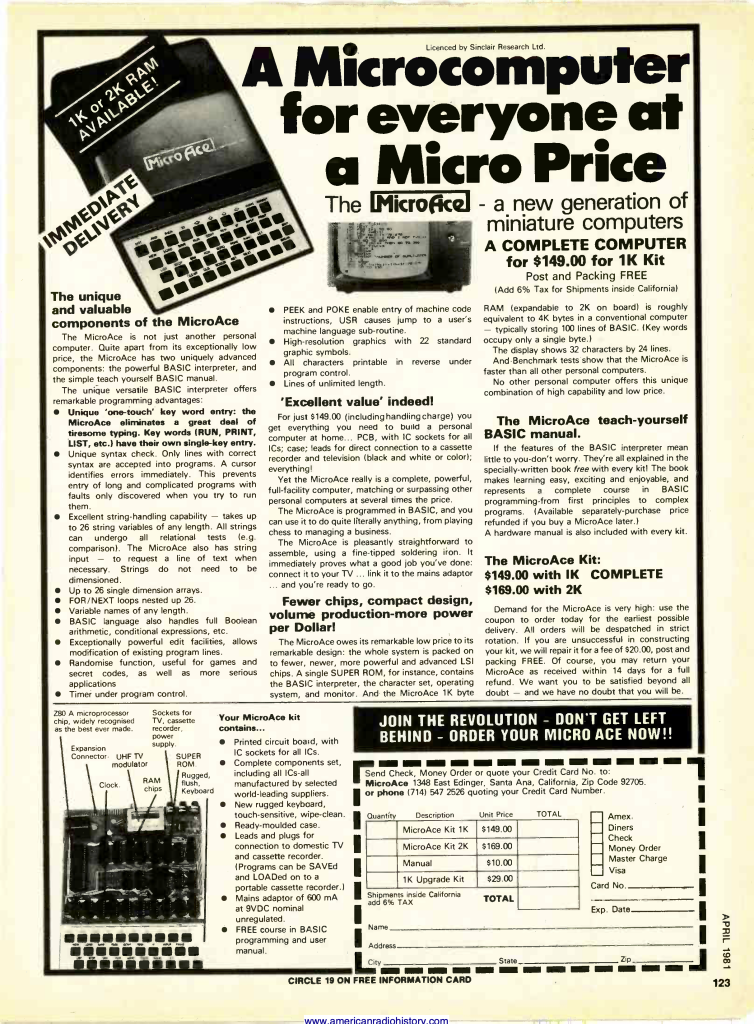The MicroAce was an unlicensed clone of the ZX80, internally expandable to 2K RAM.
According to Alfred Milgram, president of Melbourne House, Comp Shop Ltd had “… a history of copying. The guy behind MicroAce is the guy who runs Comp Shop in the U.K. At one stage they couldn’t get enough supplies from Ohio Scientific, so they redesigned the OSI Superboard and got the ROM from Microsoft.”
When Sinclair launched the ZX80, “… they figured here was a golden opportunity to save on development costs and come out with effectively the same machine. They copied the ROM, byte for byte, moved the circuits about, cleaned it up a bit, and moved the RAM memory away from the heat sink. The case is black instead of white. [They] were going to market it in the UK for £50 (less than the £70 of the ZX80).”
Differences from the ZX80
The MicroAce differed most from the ZX80 on cosmetics. The case was black and the keyboard was red (versus the blue ZX80 keyboard).
Internally, a few signal lines to the ROM were “scrambled” but a simple user modification corrected that, making it compatible with the 8K ROM.
Bill Clark, MicroAce technician, says the only difference between the 2 ROMs is that data pins 3 & 4 have been swapped. Otherwise, the two ROMs are identical and are software compatible, meaning that the same software will work on both. They are not hardware compatible, however; you can’t put a MicroAce ROM in a ZX80 because of the switched data lines.
Dear Editor, Syntax ZX80, June 1981, p. 11-12
Copyright Lawsuit
Sinclair sued for breach of copyright: for stealing the ROM and the keyboard. The judge could not understand the ROM and claimed it was not protected by copyright. The keyboard was more obvious: the judge agreed with Sinclair. As a result, Sinclair and Comp Shop settled out of court.
Sinclair granted Comp Shop exclusive rights to sell the kit in the US as the MicroAce. Comp Shop also paid royalties to Sinclair.
Sales
The MicroAce was marketed exclusively via mail order in the United States.
David Ahl, publisher of Creative Computing and SYNC, observed that “they have been restricted by Sinclair from advertising in a certain group of publications that Sinclair has reserved for itself. Sinclair has more or less picked the top one or two magazines in each individual field and left the balance to MicroAce which is a policy, in my mind, to defeat MicroAce.”
When Sinclair introduced the ZX81, they did not renew Comp Shop’s license to produce the MicroAce. Comp Shop exited the microcomputer market in the summer of 1981.


